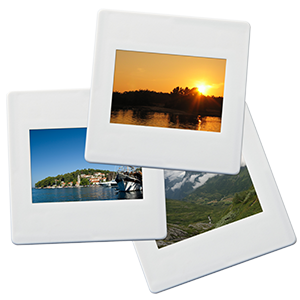
OVERVIEW
Photographs have long held a significant place in our ability to recollect historic moments, whether the scale of those moments encompass a greater society, or, more intimately, a record of family legacy, the ability to convey a range of emotions, and a broader context from a single image has allowed us to maintain a visible comprehensive understanding of our own past.
Today, our contemporary use of photographs has evolved with the technological advancements leading a fully connected, content driven society - we use photos as a means to help curate our own indentities through sharing moments as they happen, and with cloud technology, these moments are often immediately backed up and preserved in a digital realm for posterity.
As this content forward society is a relatively new paradigm, there is in excess of a century of historic moments yet to be made accessible, as they remain in their original prints or negatives.


